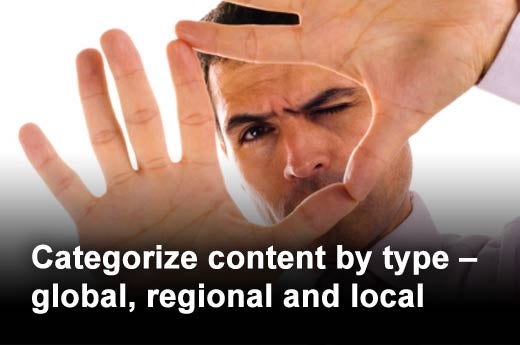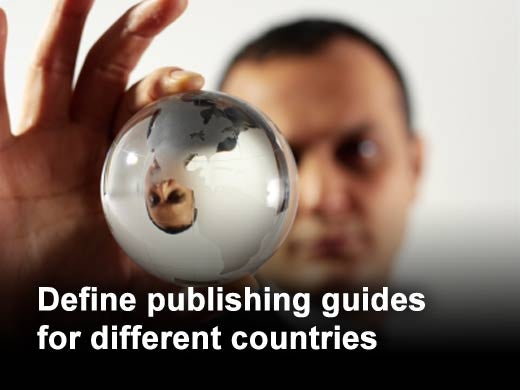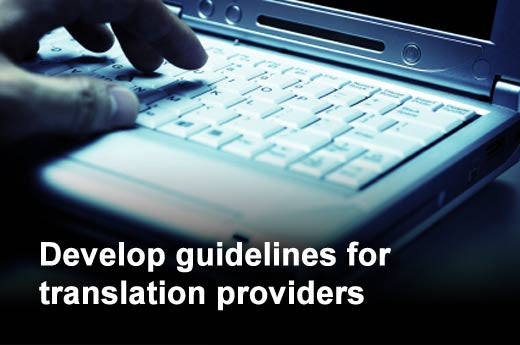Organizations often develop Web portals for different countries in silos. Each country/region may have its own IT department, which develops websites that cater to that region’s needs. While this provides a good customized solution catering to a specific country/region’s requirements, the branding and user experience across these various sites for the same corporation becomes very inconsistent.
Based on his experience working with a variety of global enterprises, Venu Madhav Gooty, Senior Manager for ECM Solutions at Virtusa, shares 10 best practices that organizations often miss when developing a globalization strategy.
Click through for 10 best practices for developing a global Web strategy, from Venu Madhav Gooty, Senior Manager for ECM Solutions at Virtusa.
Categorizing content into these types not only helps identify content that needs to be published globally versus locally, it also facilitates category-specific security, personalization, and workflows during content creation and presentation.
Defining metrics around globalized content allows companies to validate the success of the global website. Metrics such as number of visitors or page views for each international site enable country administrators or content creators to improve the quality of content. If the translations are being done by third-party firms or by translation engines, measuring the number of translation errors can help the organization evaluate these vendors and improve translation memories.
Developing a global (and local – if necessary) brand guide, style guide, UI guide, navigation guide, etc. can help make user experience seamless and consistent.
When defining translation workflows, organizations tend to overcomplicate, causing delays in creation. The objective should be to keep it as simple as possible. Managing it within 3-4 steps would be optimal.
Publishing needs may differ from country to country. While some prefer to publish all translated content at once, others may publish the parent content (say, the English article) first and the translated version later. Publishing guidelines for processes and dependencies provide transparency and clarity for all content creators.
A common mistake that IT departments make is testing English pages on multiple browsers, but not taking the same care with testing other languages. Since different browsers have different capabilities, there is a need to make sure content in all languages will appear appropriately in different browsers before going live.
Search, a key component of any portal, needs to cater to multiple languages. Making sure that the search engines provide support for multiple languages is a key. At times, organizations may also want to enable search of documents / Web pages in other languages too. Make sure that translation architecture, defined for the global website, supports that.
Color represents different aspects in different countries. While the color ‘red’ represents happiness in China, it represents death in Egypt and anger in Japan. Understand these differences so you can choose the right color themes for the same pages on different country sites.
A Web portal needs to account for displaying content (such as Arabic) from right to left. The portal page template needs to ensure this is appropriately accounted for.
Irrespective of who does the translation, at an organization level, there is a need to provide guidelines for translation. For example, words that can’t be translated, specified translations for certain terms, tone of translation, and messaging during translation all need to be documented and clearly conveyed to translators.













